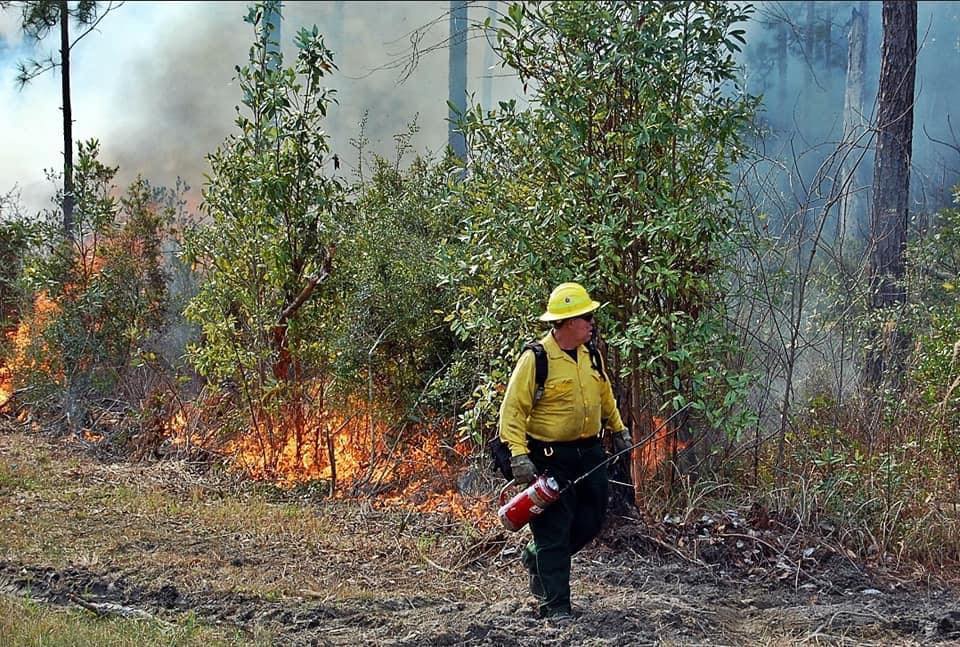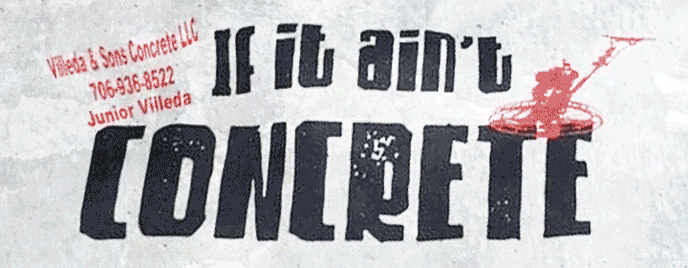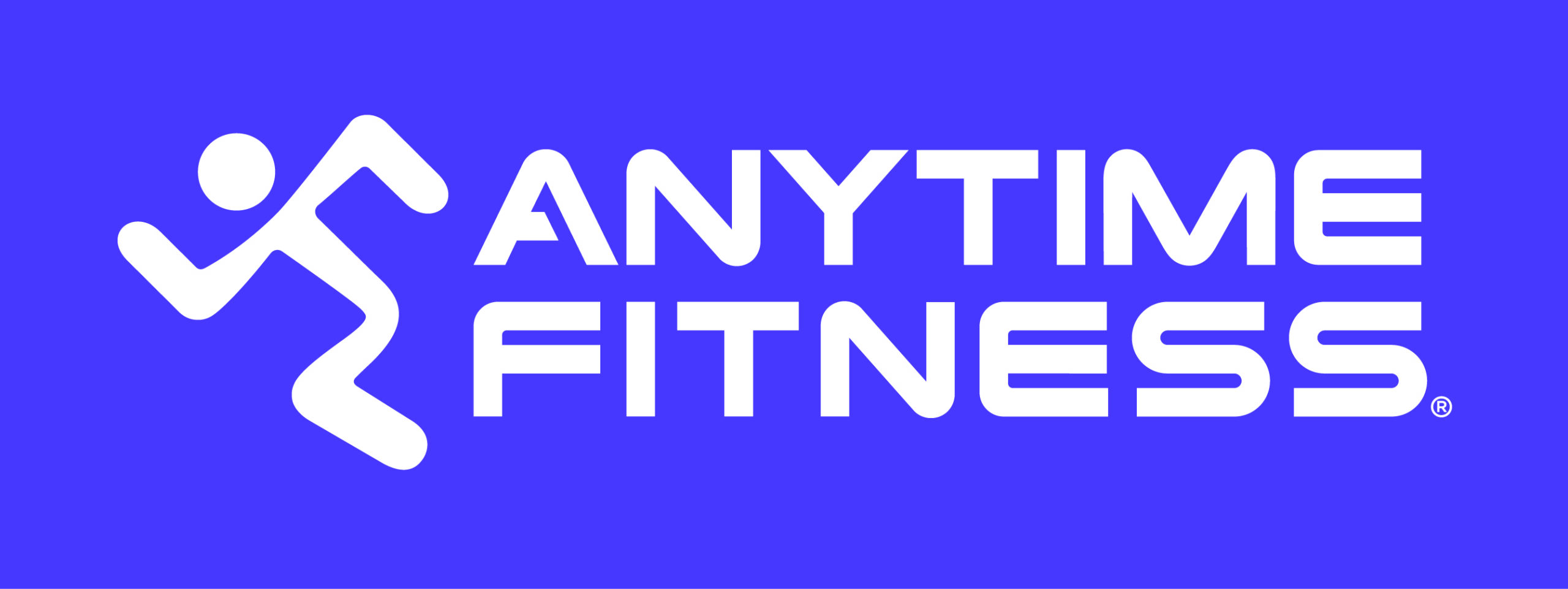
With current weather conditions being so dry, you may have noticed several smoke plumes over the weekend. Several of these plumes were from Prescribed Fires which have several significant benefits to your local forested areas.
Prescribed Fire in the South
Approximately 89% of the South’s 208 million acres of forestland is privately-owned, making it the nation’s stronghold for private forestland ownership. In order to sustain healthy forests and maintain the economic viability of forestland, forest management is vital.
Forest management practices such as thinning and prescribed burning create healthier, more productive forests. Overcrowded trees often struggle to survive, weakening them against insects or disease. Thinning competing trees allows remaining trees to grow faster and be more resistant to pests. Prescribed burning removes competing vegetation, improves habitat for wildlife, and reduces dangerous buildup of combustible forest fuels.
Fire plays a vital role in maintaining certain ecosystems. Although there have been regional variations across the United States, fire has been used as a management tool throughout history. In the South, it has been used to maintain oak and pine savannas, clear brush, create wildlife habitat, clear land for agriculture, control pests and improve livestock grazing.
What is Prescribed Fire?
Prescribed fire, also known as a controlled burn, refers to the controlled application of fire by a team of fire experts under specified weather conditions that help restore health to fire-adapted environments.
Prescribed fire reintroduces the beneficial effects of fire into an ecosystem, producing the kinds of vegetation and landscapes we want, and reducing the hazard of catastrophic wildfire caused by excessive fuel buildup.
For more on what is prescribed fire, visit Smokey Bear’s page on the subject.
Benefits of Prescribed Fire
Reduces hazardous fuels
Prescribed fire is one of many fuel reduction treatments used to remove or reduce dense vegetation that is fuel for wildfires. Dense vegetation can create intense fires that burn quickly and endanger nearby communities.
By safely reducing excessive amounts of brush, shrubs, and trees, encouraging the new growth of native vegetation, and maintaining the many plant and animal species whose habitats depend on periodic fire, prescribed burning helps reduce the catastrophic damage of wildfire on our lands and surrounding communities. Wildfires that burn in areas where fuels have been reduced by prescribed fire cause less damage and are much easier to control.
Forest Health
Rejuvenates soil
There are many factors that that determine whether fire will have beneficial or adverse effects on soil. Frequency, duration and intensity of the fire are just a few.
Fire is a natural disturbance, but it also rejuvenates the habitat. It returns the nutrients that are tied up in the vegetation, it returns that material to the soil, and you get new regrowth and lush vegetation that’s beneficial for wildlife and keeps the habitat healthy over the long term. The nutrients released in fires are almost all held and used at the site by plant roots, micro-organisms and the soil.
Too hot a fire can cause excessive nutrient loss when all fuels are consumed and when soil organisms and plant roots are killed.
Effects on water
Prescribed burning increases the quantity of water by removing thick shrubs and overgrown vegetation. With fewer plants absorbing water, the streams are fuller, benefiting other plants and animals.
Prescribed burning also helps maintain clean drinking water and reduces the amount of moisture that evaporates from plants into the air. This increases the quantity and improves the quality of water soaking into the ground replenishing aquifers.
Historically even wetland areas burned in times of dry weather or when high winds carried flames over wet ground and the water surface. Today, prescribed fires in wetlands are an important tool for controlling weeds.
Increases diversity
Prescribed burning increases vegetative diversity and attracts a wider variety of birds and animals. It also helps perpetuate many endangered plant species.
Manages competing vegetation
Depending upon the desired composition and diversity of the forest or land, the judicious use of prescribed fire can manage the competition for water, nutrients and growing space.
Perpetuates fire-dependent species and native vegetation
Use of prescribed fire encourages new growth of native vegetation and maintains the many plant and animal species whose habitats depend on periodic fire.
Improves wildlife habitat
Prescribed burning stimulates seed germination of many species and provides open conditions at ground level for travel, loafing and feeding by game bird broods, rabbits and ground-feeding songbirds. The responding groundcover provides forage, soft mast and seed eaten by many birds, mammals and reptiles. Prescribed burning also influences the composition and structure of cover available for wildlife.
Prescribed fire is highly recommended for wildlife habitat management where loblolly, shortleaf, longleaf, or slash pine is the primary over story species. Periodic fire is beneficial for under story species that provide browse for wildlife.
Fire benefits numerous wildlife species. Whitetail deer are a good example of a species that thrives after fire. In habitats where fire has been suppressed over a long period of time, all the vegetation growth eventually gets out of reach for a deer. After a fire, a lot of the vegetation is brought back down to ground level within reach and it’s more nutritious and the deer are much more healthy. In our grassland habitats, prairieland chickens, quail, they thrive in post-fire environments. It provides a variety of food, attracts various insects that they require.
Controls insects and disease
Prescribed fire helps reduce some fungal diseases such as root rot since it affects the makeup of the forest floor. It most likely does this by destroying some of the fruiting bodies and cauterizing tree stumps. But not all fungal disease is controlled by prescribed fire. Generally, these fires do not heat the soil enough to stop or destroy some soil-borne fungus and disease.
Prescribed fire is the most effective and practical means of controlling brown spot disease in longleaf pine seedlings and cone insects such as the white pine cone beetle.
Farm, Range, Brush Management
Fire is important for grazing. It replenishes rangelands, improves grazing vegetation and reduces the need to fertilize.
Prescribed fire helps produce palatable and nutritious forage and reduces noxious weed competition for domestic livestock in timbered and open range.
The immediate plant response to prescribed burns is an increase in palatability, quality, quantity and availability of grasses and forbs. Dead material low in nutrient values is removed while new growth, high in protein, phosphorous and calcium in the spring becomes readily available.
Economic Gain
Prepares sites for seeding or planting
Prescribed fire is useful when regenerating southern pines. On open sites, prescribed fire can expose mineral soil and control competing vegetation until seedlings become established.
Prepares sites for harvesting
Burning underbrush prior to the sale of forest products improves the efficiency of cruising, timber marking, and harvesting. Removing accumulated material before harvesting also provides greater safety for timber markers and loggers due to better visibility and less underbrush.
The reduced amount of fuel helps offset the greater risk of wildfire during harvesting. The improved visibility and accessibility often increase the stumpage value of the products.
Improves Access
People, livestock and wildlife could have improved access to areas previously inaccessible because of thickets or dead and down wood.
Recreation
Forest management practices can create open areas, trails and road access that can provide recreation and enhance natural beauty. Well-managed forests increase opportunities to enjoy outdoor activities such as hiking, hunting, fishing and bird watching. Observing and connecting with nature can increase mental, physical and emotional well-being. Studies show that activities such as a walk in the woods can provide a boost to the immune system that lasts two or three days.
Interface
The wildland urban interface is an area where we build homes and communities adjacent to wildland or agricultural vegetation and it is within this area that wildfire poses the greatest risk to
It is also in the wildland urban interface that prescribed fire, when utilized judiciously can have the biggest impact on protecting our communities and our ecosystems from catastrophic wildfire. Just like landowners are responsible for managing their lands, homeowners have a responsibility to manage their property and homes in a way that is fire resistant and compatible with the fire adapted ecosystems in which we reside.
State forestry agencies work with community leaders (county officials, city managers/planners, fire chiefs, emergency management coordinators and home owner associations) to plan and implement community wildfire preparedness plans and programs to help withstand wildfire and to conduct wildfire mitigation work in identified high-risk areas.
Aesthetics
Improves aesthetic value
Prescribed fire enhances aesthetic values by increasing occurrence and visibility of flowering annuals and biennials. In a forest, it also reduces understory buildup, making tree stands more transparent and enhances the scenic qualities of the forest. Prescribed fire also maintains open spaces for vistas.
Via: goodfires.org















